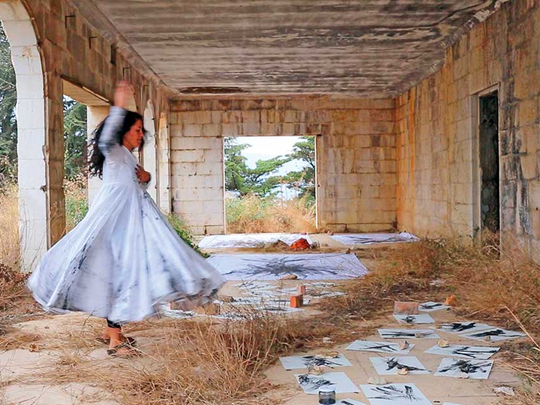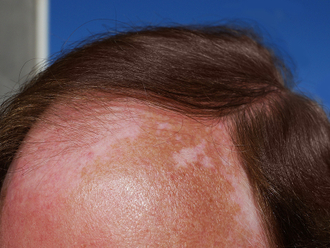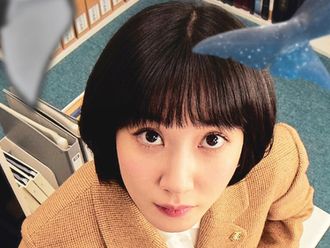
Like countless others from her generation, Zena Al Khalil, a Beirut-based visual artist, writer and Nada yoga instructor has lived through the violence and pain her country has endured.
Her family home in Hasbaya, which was once occupied by the Israeli army for more than 20 years and used as a military detention centre, lies in ruins. She has worked in spaces such as Khiam Prison and Ramlet Al Baydah, the stretch of beach in Beirut that suffered one of the biggest oil spills in recent history after 15,000 tonnes of the stuff coated the sea during the July 2006 war.
She also has a firm belief that art can shift our collective conscience.
That faith has led this School of Visual Arts, NYC alum to create a body of work to include mixed media paintings, installations and performance that focuses on creating a culture of peace through love, compassion, forgiveness and empathy. As the founder of xanadu*, a non-profit art collective, Al Khalil sought to help Arab artists during a time of extreme xenophobia in post 9/11 New York.
During the 2006 invasion of Lebanon, her blog ‘Beirut Update’ was one of the most widely read accounts of the Middle Eastern perspective; her writings were published in international press including the BBC, CNN, Der Spiegel and the Guardian G2 supplement. Her 2008 novel, Beirut, I Love You, was translated into several languages including Italian, Spanish, Swedish, and Portuguese. The same year, Al Khalil was invited by the Nobel Peace Centre to participate in a conference on freedom of expression on the internet.
Her yearly performance, The Pink Bride of Peace, where she participates in the Beirut International Marathon wearing a big pink wedding dress is designed to shed light on women’s rights.
Against the stark backdrop of Beirut’s most ravaged building, her latest intervention, Sacred Catastrophe: Healing Lebanon, creates a platform for community reconciliation through the arts.
THE EXHIBITION
Curated by Beatrice Merz and Janine Maamari, the presentation is spread over three floors of the building. The first floor houses a new body of site specific works by Al Khalil. The exhibit, featuring paintings, Arabic mantra compositions, videos and photographs culminates in a new series of sculptures in ceramic and stone. Themes of compassion and forgiveness thread the portfolio.
Second and Third floors are dedicated to sonic compositions. 17,000 x Forgivenessis a work that consists of 17,000 wooden ‘lines’ associated with a sound piece. The installation serves as a memorial commemorating the 17,000 people still declared missing from the Lebanese civil war. The work also references the geographical location of Beit Beirut.
For the sound installation, Al Khalil collaborated with Ray Hage to produce a work inspired by her poem 96% Love 4% Beirut : Zero : nya. All sound for this piece was recorded on-site at Khiam Prison in south Lebanon and at Beit Beirut. The background notes were created from the artist’s voice as she chanted peace mantras on location.
Forty DAYS
Through Sacred Catastrophe: Healing Lebanon, Al Khalil aims to transform Beirut’s pain into a hopeful, optimistic future. To deliver the healing, a 40-day public programme encompassing performances, publications, lectures and workshops is planned.
During the exhibition, the artist leads a peace ceremony for 40 consecutive days, from 5-6pm. To cultivate an environment conducive to finding peace and emotional reconciliation, the ceremony serves as a platform for the audience to actively contribute to the conversation. This work is open to public participation.
Architect Mona Al Hallak, who has determinedly worked towards the conservation of the building, will accompany the public in guided tours of the building’s history: From the Barakat Building to Beit Beirut.
The project closes on October 27.








